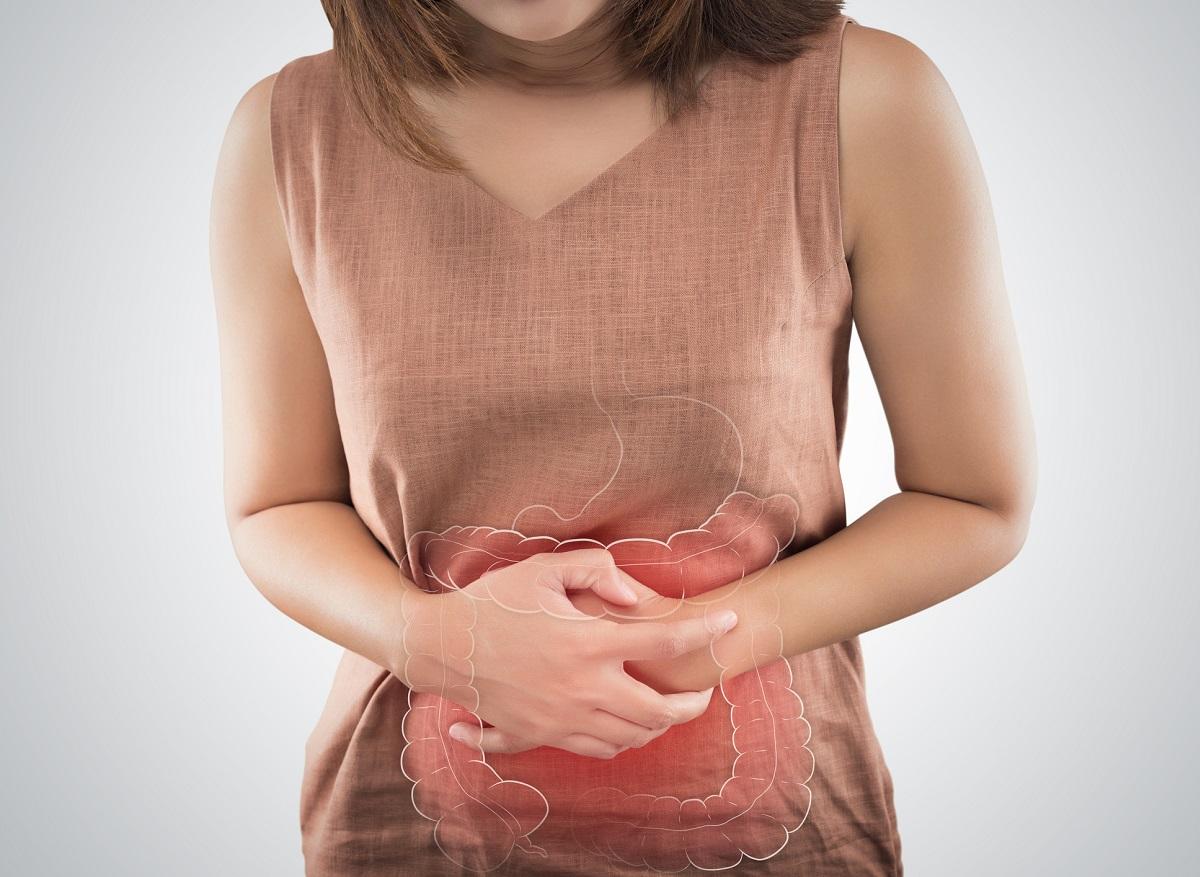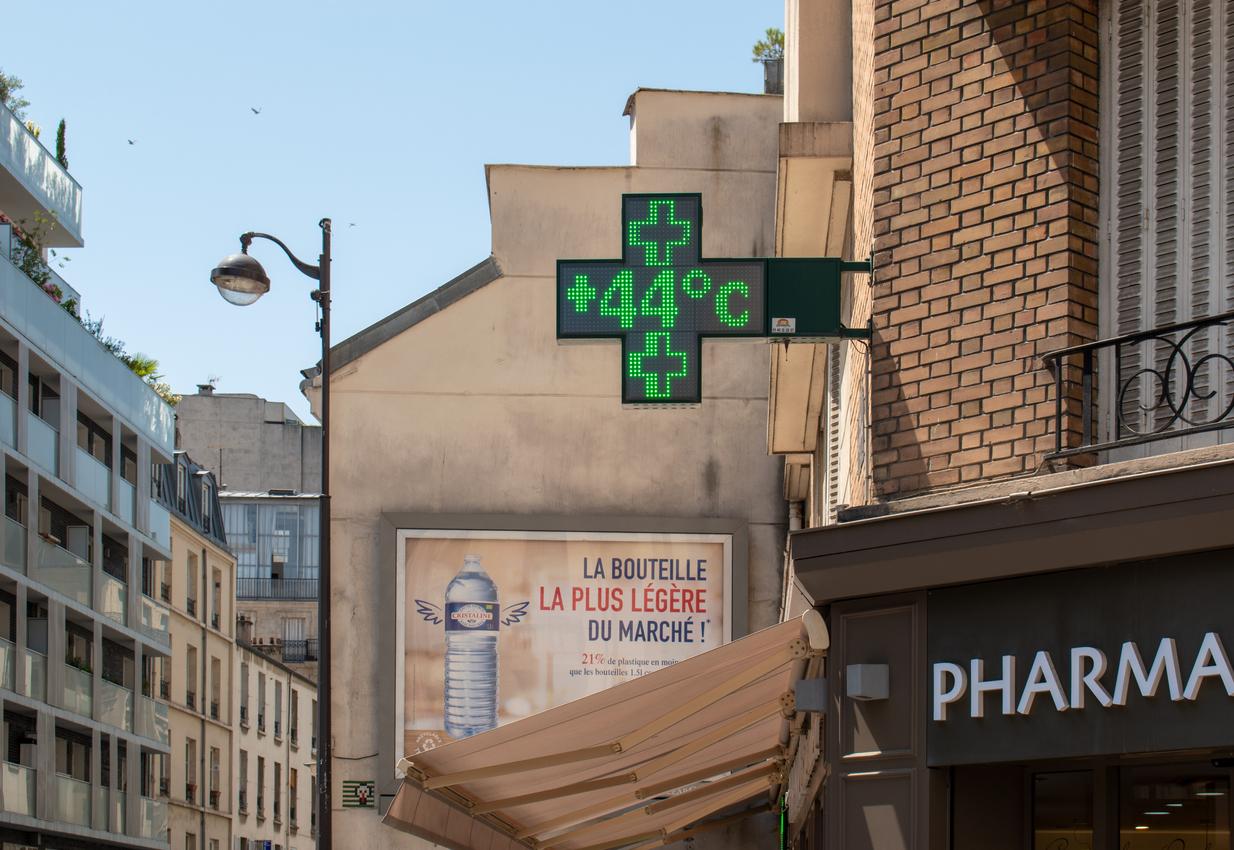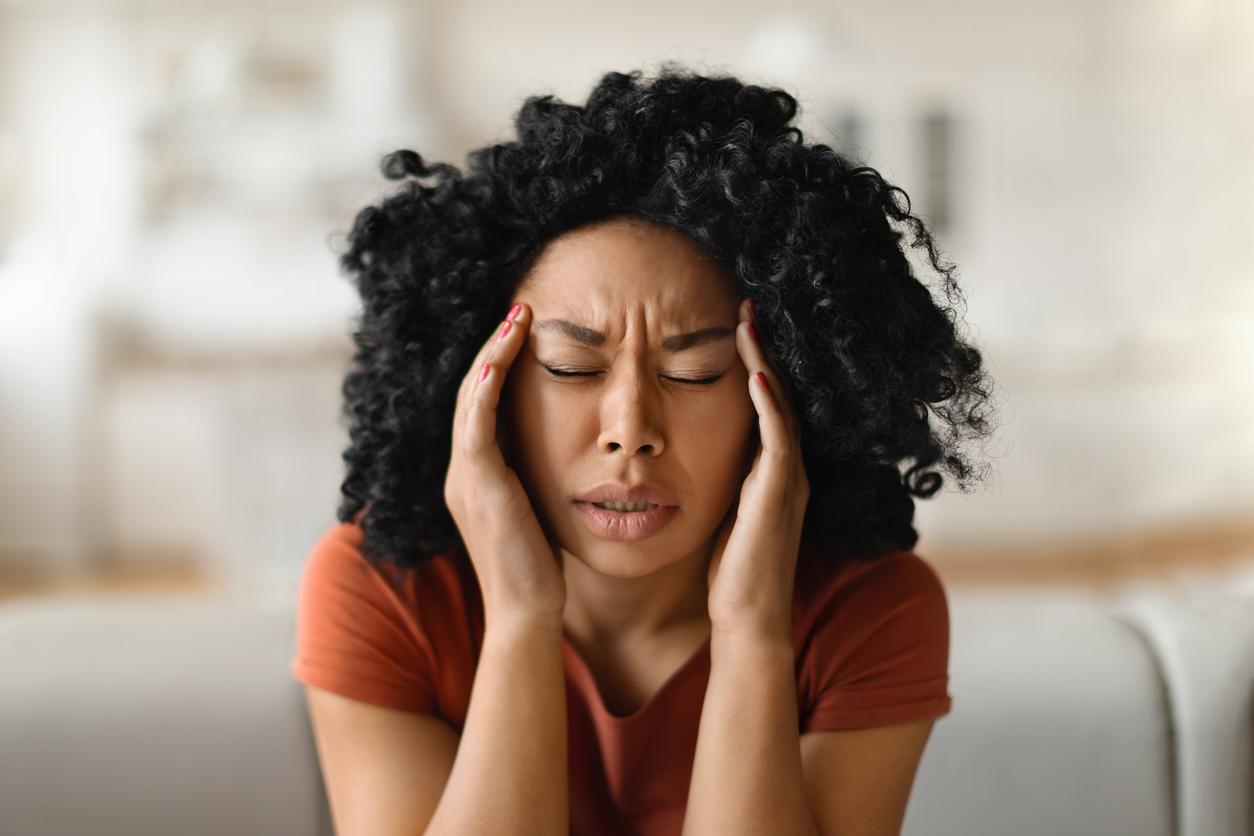If left untreated, sunstroke can have serious consequences, especially for children and the elderly. Why Doctor takes stock of this evil so common in the summer.

The French finally breathe. After having lived our hottest day last thursday, the temperature has cooled in France. But there is no question of relaxing one’s vigilance. Because who says summer, says risk of sunstroke, especially for those who spend their holidays sunbathing on the beach or hiking in the mountains. Why Doctor is taking stock of this all too common evil and often not taken seriously despite the serious dangers it can entail, especially in children and the elderly.
How does sunstroke occur?
It is a heat stroke caused by too long exposure to the sun, especially in the head and neck. It can also occur if you do a lot of sports and do not sufficiently compensate for water loss due to perspiration during physical exertion. During the latter, the muscular work also causes the body to produce a lot of heat. Alcohol is also an important risk factor in very hot weather. This is because it can prevent the body from properly regulating its temperature.
What happens in the body during sunstroke?
In the event of heat stroke, the body temperature rises above 40°C. This is called hyperthermia: the body can no longer properly regulate the internal temperature and maintain it at 37 as usual. Your skin will become dry and hot and you will suffer from cramps, facial flushing or migraines. If you experience nausea, vomiting, muscle pain and fainting, you will need to see a specialist. Because left untreated, heatstroke can lead to neurological disorders, kidney or heart damage, comas and even death.
Who are the people most at risk?
If no one is immune to sunstroke, the most vulnerable are the youngest and the oldest. Indeed, at extreme ages, the central nervous system regulates temperature variations less well. In addition, babies become dehydrated more quickly and the elderly are less able to identify bodily sensations of thirst and heat. People taking certain medications are also more vulnerable. Vasoconstrictors or drugs taken when suffering from attention deficit hyperactivity disorder (ADHD) are particularly risk factors.
How to recover from sunstroke?
The body temperature should be lowered as quickly as possible. If you find yourself in the company of a person suffering from heat stroke, put them in the shade, ventilate them, put a wet cloth on their head and of course, give them water to drink. , lots of water. If it is an infant, call 15 immediately. Crying, dryness of the tongue or of the skin (if it lacks elasticity and stays wrinkled longer after being pinched) should alert you. Finally, if the person is in a coma, lay them on their side in a cool place while waiting for help to arrive.
But before getting there, many simple reflexes help to avoid sunstroke. Get into the habit of avoiding exertion in direct sunlight and for two hours after eating. As a general rule, wear a hat or a cap, wet your head regularly, dehydrate yourself as much as possible (with water) and if you play sports, remember to wear permeable clothing in order to properly evacuate the heat.

.















